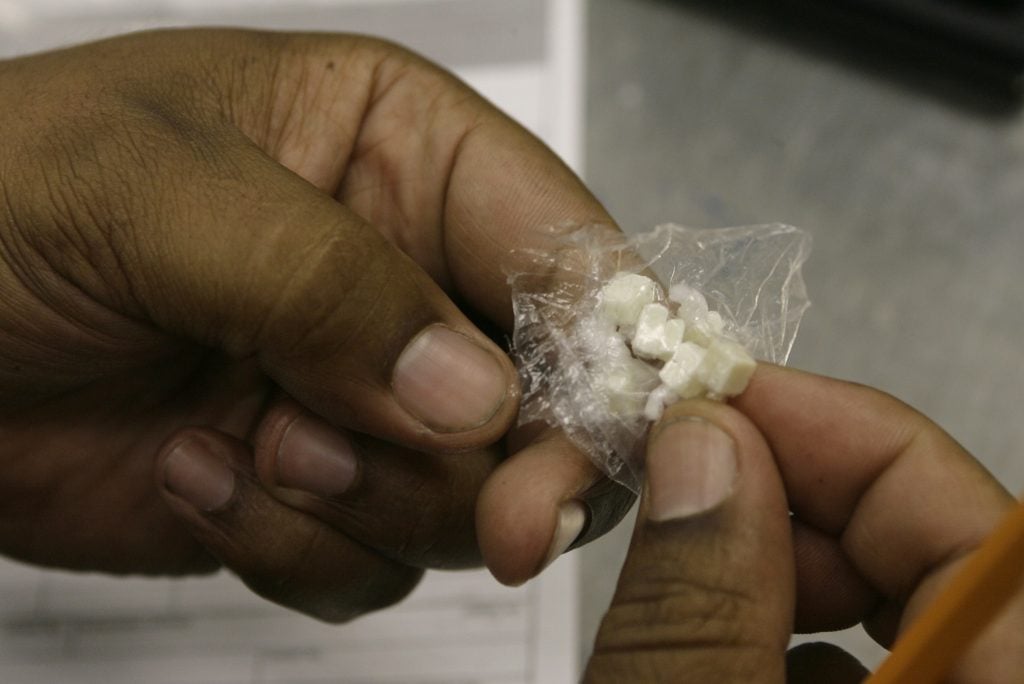

To expand the balance sheet capacity of the private sector to counteract the shrinkage underway in the non- bank financial sector.
#Liquid notes for live crack mac#
In order to put downward pressure on general longer term borrowing rates, particularly mortgage rates, the Federal Reserve has purchased the debt of the GSEs, namely, Fannie Mae and Freddie Mac and the mortgage- backed- securities they issue, and, more recently, longer- term Treasuries." Dudley asks, " So why has the Fed done so much in terms of special programs?" He says, " As I see it, there are four major reasons behind the dramatic expansion of the Fed' s liquidity programs: To provide liquidity to banks and dealers in order to slow down the deleveraging process. Third, once policy rates were near the zero- bound, we expanded the type of assets that the Fed purchased. The two most noteworthy examples of this are the Commercial Paper Funding Facility, which was introduced in October 2008, and the Term Asset- Backed Securities Lending Facility. Second, we expanded our provision of short term financing beyond banks and dealers in order to alleviate constraints on highly rated corporate borrowers.


For banks, we introduced the Term Auction Facility in December 2007 and for the primary dealers, the Term Securities Lending Facility and Primary Dealer Credit Facility in March 2008. He said, " First, we addressed the acute seizing up of inter- bank financing markets. Dudley, President and Chief Executive Officer of the New York Federal Reserve spoke recently on " The Federal Reserve' s Liquidity Facilities" at the Vanderbilt University Conference on Financial Markets and Financial Policy.

Maloney, executive vice president of Federated Investors, a firm that has been involved in shaping the legal landscape for money market funds and Peter J. Joining Reid will be Mercer Bullard, a University of Mississippi law professor and an investment management expert Eugene F. Will money funds survive without such support? If not, how should they be regulated in the future? A new report by the Investment Company Institute ( ICI) proposes new liquidity and maturity standards to correct this market." It adds, " ICI chief economist Brian Reid will discuss these findings. In an effort to restore market confidence and ensure short- term liquidity, the Treasury Department intervened to guarantee these investments, and the Federal Reserve made credit available that allowed funds to meet heavy redemption requests and also provided short- term credit directly to borrowers in the commercial paper market. The event description says, " At the height of the crisis last year, some investors fled money market mutual funds, worsening the strains in the financial system. On Tuesday, May 5, the American Enterprise Institute ( AEI) will host an event in Washington, DC, " Do Money Market Funds Have a Future in the New Financial System?". YTD through 3/ 31, money fund assets have decreased by $ 16. dollar, euro, and British pound sterling- denominated European and offshore funds." In other news, ICI released its " Trends in Mutual Fund Investing March 2009", which shows that money fund assets decreased by $ 74. funds." The release adds, " Based upon Standard & Poor' s weekly information collected on its ' AAAm' rated funds, the risk metrics are the product of a quantitative work undertaken that can be utilized by market participants as a benchmarking tool to better assess the risks of over 130 U. The new risk metrics are " intended to enhance the level of detailed information available to European money market fund investors." Credit analyst Andrew Paranthoiene says, " The ' AAAm' risk metrics aim to provide investors and fund managers with greater clarity on our view of the credit quality of the fund, as well as information regarding the portfolio composition, maturity distribution, net assets, monthly growth, and performance of ' AAAm'. " Standard & Poor' s Launches ' AAAm' Principal Stability Fund Risk Metrics in Europe," says a press release issued by S& P yesterday.


 0 kommentar(er)
0 kommentar(er)
